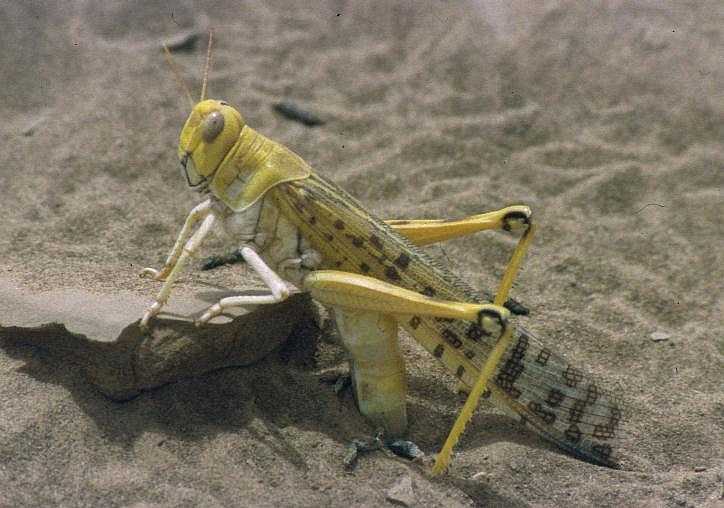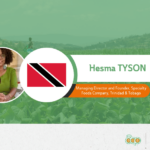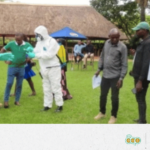Desert Locust situation
- 05/05/2020
- Posted by: Gaetan Dermien
- Category: Africa, News

As we all focus on COVID-19, it’s important not to lose sight of other critical issues facing the sector. Of particular concern is the locust crisis in Africa; the forecast is worrying and FAO warns that the impact on food security in the next few months could be devastating.
According to the FAO Locust Watch update, the situation in the Horn of Africa remains extremely serious. In Kenya, a new generation of locusts is developing. More eggs will hatch and form hopper bands during May, with new swarms in late June and July at the start of harvest. Swarms are also forming and maturing in southern Ethiopia and along the Somali-Ethiopian border.
Because it coincides with the beginning of the long rains and the planting season, this is an unprecedented threat to food security and livelihoods in East Africa, and a serious concern for the horticultural export sector. During 2019 the locust swarms in Kenya and Uganda remained in the drier Northern regions, but there is a risk that they will now move into the main production areas.
FAO is working with governments and NGOs to conduct large scale aerial spraying campaigns throughout the region. The aim is to control the locusts during the early part of the year until June and July, when southerly winds and the dry season should push them north again. Covid-19, however, is creating additional challenges; spraying is restricted by cross-border movements, as well as holding up the delivery of pesticide shipments.
As well as the potential for crop loss, horticultural export companies face the possibility of drift from aerial spraying. Many of the substances recommended by FAO for the control of locusts are not permitted in the EU, or are expected to lose authorisations soon (including deltamethrin, fenitrothion, malathion, teflubenzuron, and chlorpyrifos).
COLEACP will be liaising with our partners in the countries affected to ensure there is a local/regional capacity to conduct residue analysis for the substances being used; it is very important that crops for export can be tested in the event that there is any risk they could have become contaminated.

![EU and GB approval changes (January-March 2025) 9-FFM+-[ENG]](https://news.colead.link/wp-content/uploads/2024/06/9-FFM-ENG-150x150.jpg)



